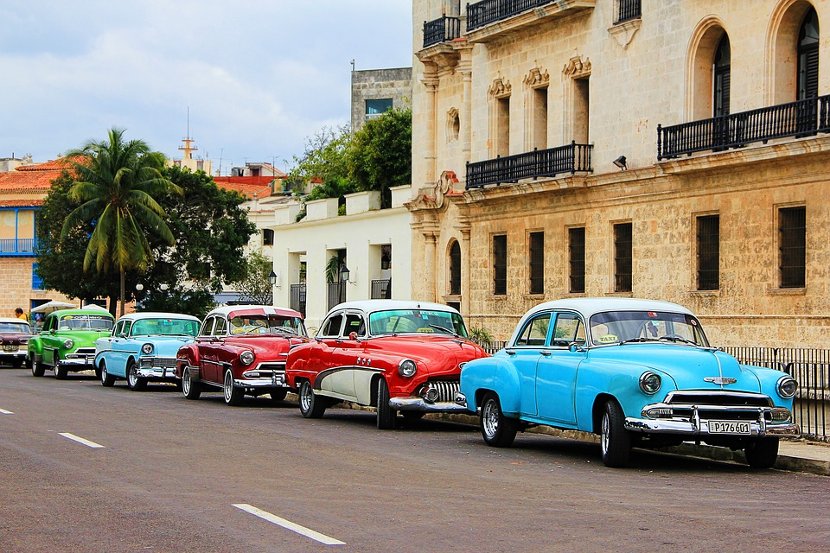
Whenever you think of Cuba, lush landscapes, beautiful beaches, cheerful and friendly people, as well as customs and traditions of Cuba that many of us already know. But even if it is not the first time you travel to this Caribbean country, it is a good idea to inform yourself and learn a little more about this wonderful island. Therefore, below we share information about Cuba and some curious facts about Cuba.
Curious facts about Cuba
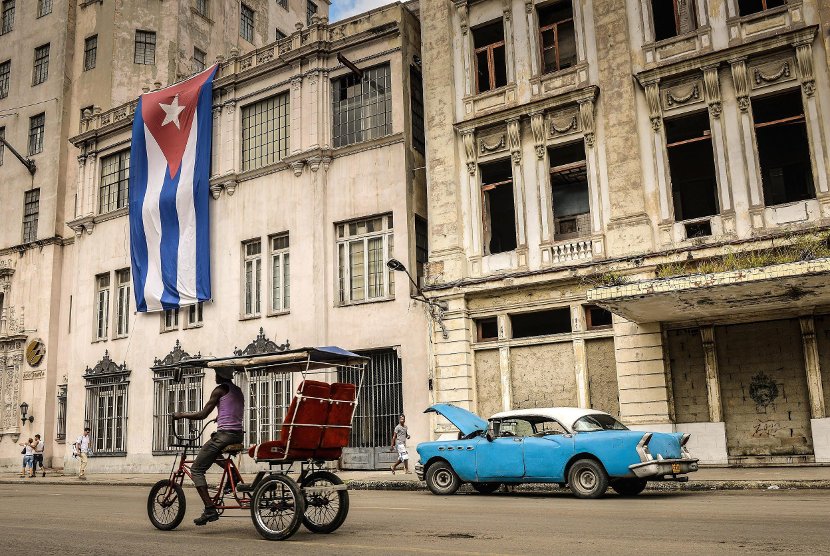
To briefly review the curious facts of Cuba, we are going to focus on some aspects such as history, development and other information about Cuba that will be useful to you.
History of Cuba
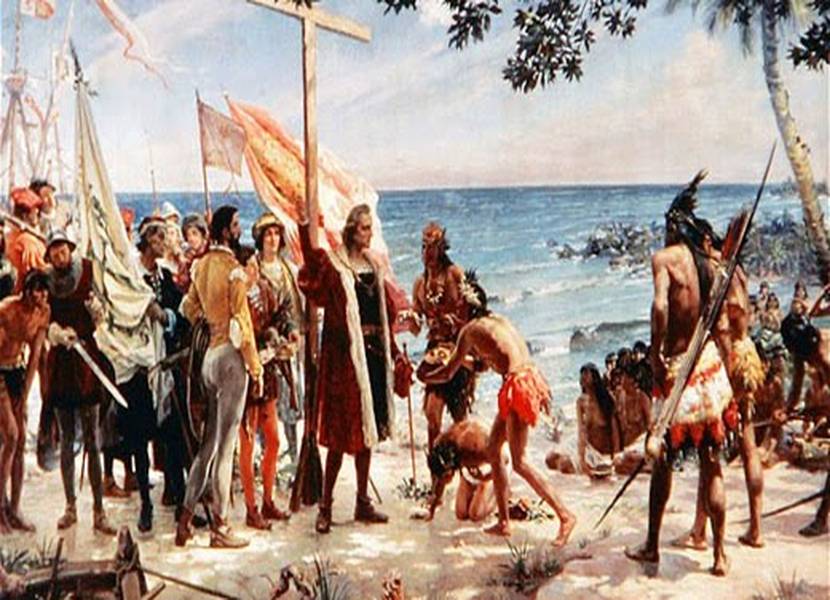
- You may not know it, but the official name of Cuba is "Republic of Cuba", which in turn is made up of the Island of Cuba, Isla Juventud and several minor archipelagos.
- Frequently recurring travelers refer to Cuca as “El Caimán” or “El Cocodrilo”, mainly due to how it appears to be its shape when viewed from an aerial view.
- Due to its territorial extension, Cuba is considered the largest island in the Caribbean, since it covers an area of 110.860 km².
- Not only that, Cuba has more than 11 million inhabitants, making it the second most populous island in the Caribbean, as well as the sixteenth most populous island in the entire world.
- Another of the interesting facts of Cuba is that its first inhabitants were American Indians known as Ciboney. They emigrated from South America, while the Taíno arrived from Hispaniola during the XNUMXnd century AD and the Guanajatabey, who were located in the western part of Cuba when the Europeans first arrived.
- Christopher Columbus arrived on the northeast coast of Cuba on October 28, 1942, very close to what is now known as Bariay, in the Province of Hoguín. At that moment, Columbus claimed the island of Cuba for the new Kingdom of Spain.
- Although there is no certainty about this, it is believed that the name of Cuba is derived from the Taíno language. Your closest translation may be "Place where fertile land is abundant" (cubao) or "great place" (coabana). It is also believed that Christopher Columbus named Cuba after Ciudad Cuba in Portugal.
- The first Spanish settlement in Baracoa was founded by Diego Velázquez de Cuéllar in the year 1511.
Development of Cuba
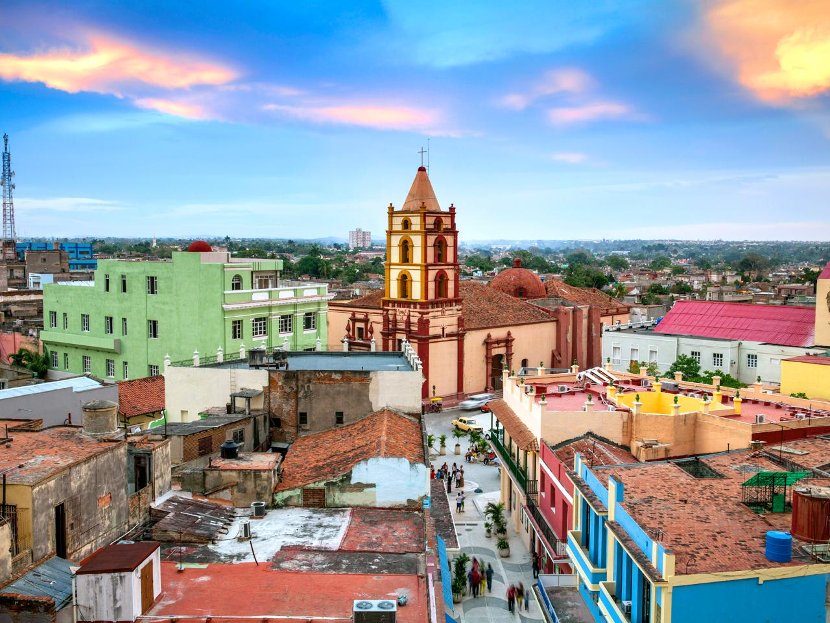
- Havana it is the most populated city in Cuba With more than 2 million inhabitants, it is also the third most populated in the Caribbean. It is the capital of Cuba and it is here where the highest bodies of both the State and the Government of Cuba are located.
- Due to the island's development as a Spanish Colony, Cuba's native population declined rapidly, largely as a consequence of disease, as well as the harsh conditions that existed in the next century.
- A large number of African slaves were imported to Cuba in order to work on the sugar cane and coffee plantations. As a result, Havana became the launch pad for annual fleets with treasures traveling to Spain from Peru and Mexico.
- Cuba remained a Spanish colony until 1898, although up to five different presidents tried to buy the island between 1845 and 1898. In fact, el president McKinley offered 300 million dollars to buy Cuba, just before the Americans invaded it during the Spanish-American War of 1898.
- Cuba obtained its independence after the defeat of Spain in the Spanish-American War. Despite the fact and thanks to the Treaty of Paris, the United States was left with control of the island as a protectorate in January 1899 and prolonged its control until 1902.
More curious facts about Cuba
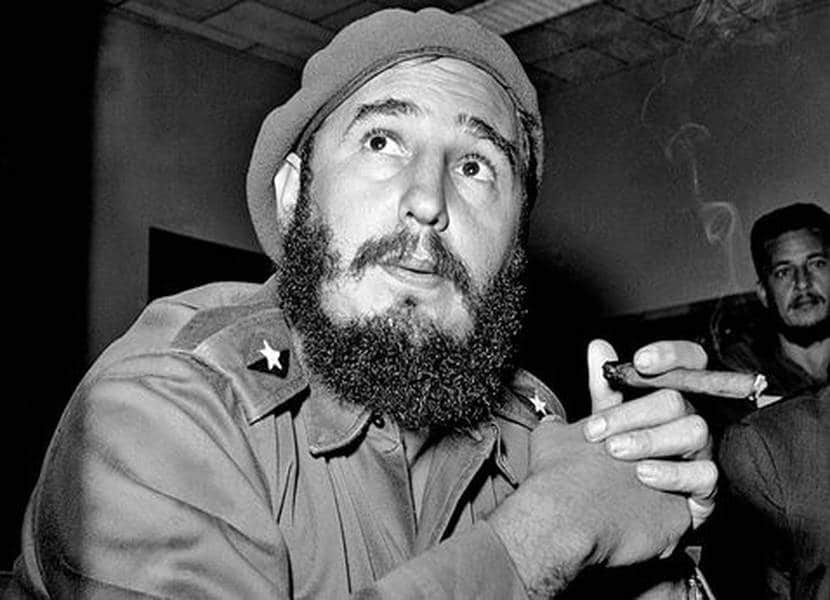
We will end the article with four curious facts about Cuba that you should know:
- In the year 1959, Fidel Castro appears on the scene as a key piece in the rebel army of communist revolutionaries that would eventually lead them to victory. From that moment, the authoritarian government of Fidel Castro would last for 50 years, until February 2008, when he was forced to resign from his position due to health complications.
- The President of the United States, Dwight David Eisenhower, approved in 1960, a plan of the CIA to arm and train a group of Cuban refugees with the objective of overthrow the Castro government. The famous Bay of Pigs invasion took place on April 14, 1961. At that time, around 1.400 Cuban refugees landed in the Bay of Pigs, however they failed in their attempt to overthrow the Government.
- In Cuba, all citizens who are over 16 years of age and who have not been convicted of a criminal offense can vote. The last election held in Cuba was on February 3, 2013, the next election being in 2018.
- Raúl Castro, who currently governs Cuba, has announced that he will leave office for 2018, at the end of his current 5-year term.
Do you know more curious facts of Cuba What can we add to what we have told you? Tell us about your experience and help us to expand this information about Cuba.
Cristobal Colon arrived in Cuba in 1492 not in 1942 hahaha, greetings
The 2019-20 TV period is shaping up to be the toughest as well as most countless year yet. There are great deals of amazing, initial pilots coming up as well as merely as several reboots / revivals in the jobs, too. However like the claiming goes, "Out with the old, in with the brand-new." While some collection are ending up on a pre-planned, well-balanced high note, various shows' lifespans have actually been reduced in development short. So, unfortunately, below is a list of all the TELEVISION shows which you may be revealing farewell to this year.
find me on